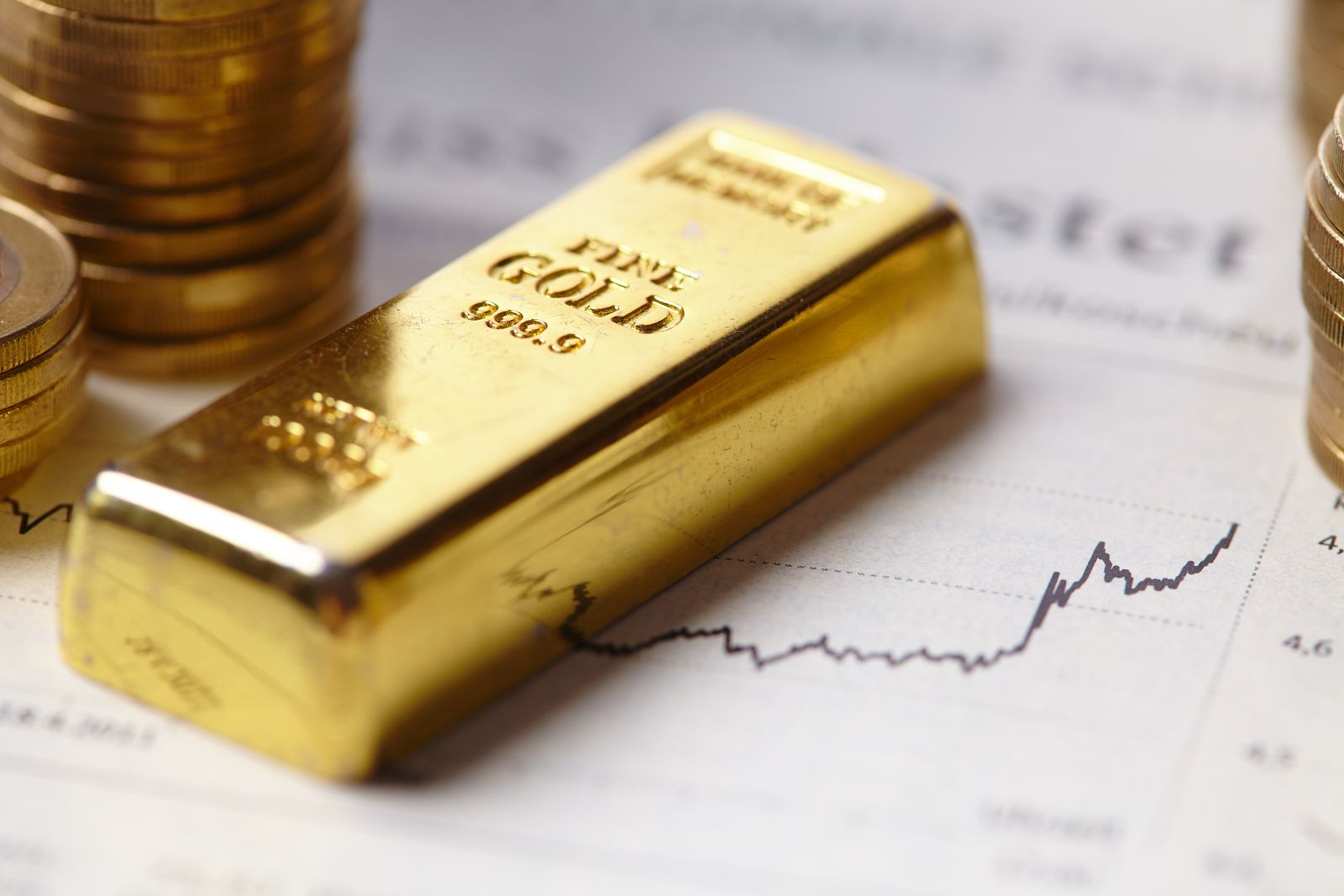Gold Consolidates- Why is Gold’s Role in the World Financial System Rising?

In a May 22 Barchart article exploring if gold was heading for higher highs, I concluded:
The bottom line is that technical and fundamental factors point to even higher gold prices over the coming months and years, supported by significant global economic and geopolitical changes. Buying gold during a correction has been optimal for over a quarter of a century, and I expect that trend to continue over the coming years.
Nearby gold futures were at the $3,301 level on May 21 and were slightly lower in late June. Meanwhile, gold’s role as a reserve asset continues to increase as the precious metal’s value rises compared to all fiat currencies.
Central banks continue to increase gold reserves
An April 30, 2025, World Gold Council Report stated that central banks purchased a net 244 metric tons of gold in Q1 2025. The over 7.8 million ounces of net buying is a continuation of the trend over the past years as the official sector continues to validate gold’s role in the global financial system.
Central banks, governments, and monetary authorities classify gold holdings as part of their foreign exchange reserves, thereby validating gold’s position as a hard currency or money.
While the official statistics continue to show increasing gold reserves among the world’s countries, they likely understate the buying. Russia and China are leading gold-producing countries.

The chart illustrates that China was the leading gold producer in 2024, with Russia and Australia tied for second place. Since central bank and government inventories are classified as state secrets in China and Russia, the actual increase in government gold holdings is likely much higher than the official statistics indicate.
Gold is now the second-leading reserve currency, replacing the Euro
The U.S. dollar remains the world’s reserve currency, meaning that central banks and governments worldwide hold dollar reserves for cross-border transactions and as a reserve. Until recently, the Euro held the position as the second global reserve currency. “A recent report by the European Central Bank reveals that gold has overtaken the Euro as the second-highest foreign exchange reserve asset for central banks.” The article goes on to explain that “It was only a matter of time before central bankers preferred gold to at least some of the paper currencies.”
Given China and Russia’s increasing gold reserves and buying from worldwide countries, gold could potentially replace the U.S. dollar, was the U.S. is suffering from overwhelming debt levels, the bifurcation of the world’s nuclear powers, sanctions and tariffs on trading partners, and other factors that have eroded the dollar’s reserve currency role.
The long-term trend remains higher- Every correction has been a buying opportunity
The quarterly chart highlights gold’s dramatic ascent during this century.

The chart shows gold’s rise from $252.80 in 1999 to its most recent Q2 2025 high of $3,509.90 per ounce. Gold’s rally became parabolic in 2024 and 2025, but over the past twenty six years, every correction has been a golden buying opportunity. Gold has pulled back from its most recent April 2025 peak, but technical support remains substantially below the current price, just above the October 2024 high of $2,800 per ounce.
The factors that could cause a significant correction
Even the most aggressive bullish trends rarely move in straight lines. The following factors could cause gold prices to fall further in mid-2025:
- Technical support remains far below the current price level.
- The higher the price rises, the greater the odds of a correction.
- The potential for a peaceful resolution to the Middle East conflict could lead to a decline in gold’s geopolitical premium.
- A bullish trend in stocks and bonds could attract capital from gold to equity and debt assets.
- Profit taking could cause a further correction.
Meanwhile, the long-term over one-quarter of a century bullish trend suggests that any correction will be another buying opportunity.
The issues that support a move toward $4,000 per ounce
Time will tell if gold is on a bullish freight train, heading towards a challenge of the $4,000 per ounce level. The following factors support higher gold prices over the coming months and years:
- Central banks appear to have an unending appetite for increasing gold reserves.
- The U.S. dollar’s role as the world’s reserve currency has declined due to high U.S. government debt levels, tensions with trading partners, and sanctions imposed on other countries. With no other candidate for a reserve currency, gold- the world’s oldest means of exchange, could see its profile as a reserve asset continue to rise.
- Gold ETF products increase the potential for rising individual and portfolio ownership.
- Goldman Sachs increased its price forecast to $3,700 per ounce by the end of 2025.
- ANZ expects the gold price to rise to $3,600 per ounce by the end of 2025.
While many analysts have been chasing higher gold prices, increasing their forecasts, Citigroup’s global commodity team expects a correction, predicting the price to drop to the $2,500 to $2,700 per ounce range by the end of next year. At that level, gold will remain at around ten times the level of the 1999 low.
The bottom line is that gold’s role in the global financial system has increased, and it remains one of the most effective stores of value. Gold’s rise in the international monetary system is a statement of the full faith and credit of the governments that issue legal tender and funding through sovereign debt instruments. Gold’s ascent is a commentary on the decline of faith in governments to manage their financial affairs.
On the date of publication, Andrew Hecht did not have (either directly or indirectly) positions in any of the securities mentioned in this article. All information and data in this article is solely for informational purposes. For more information please view the Barchart Disclosure Policy here.


